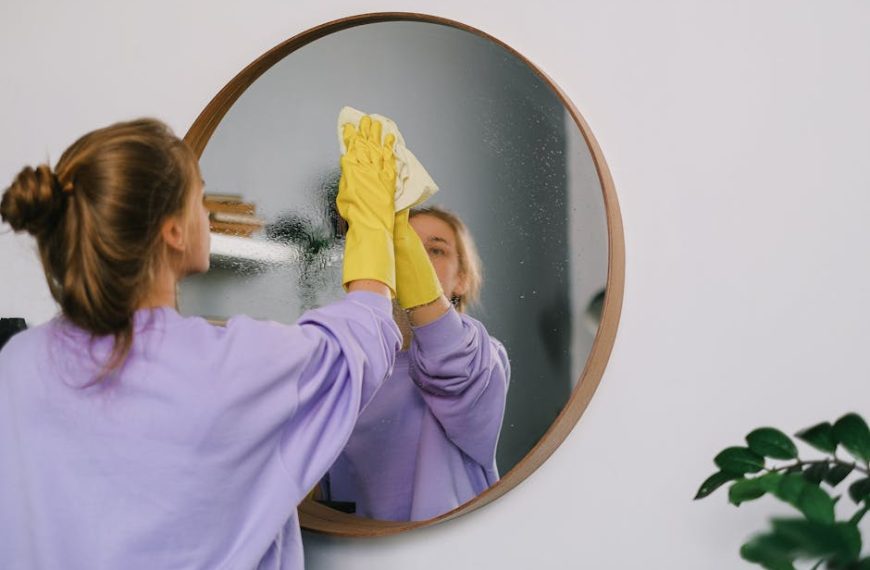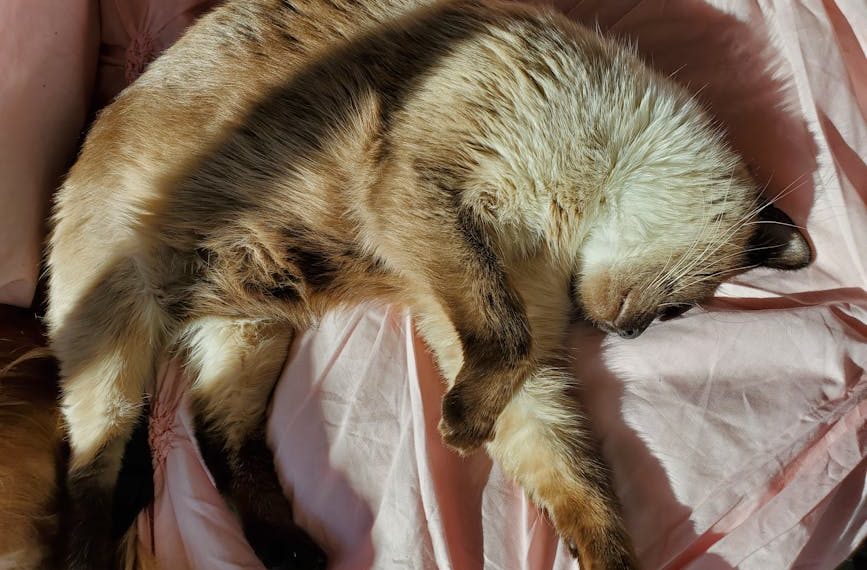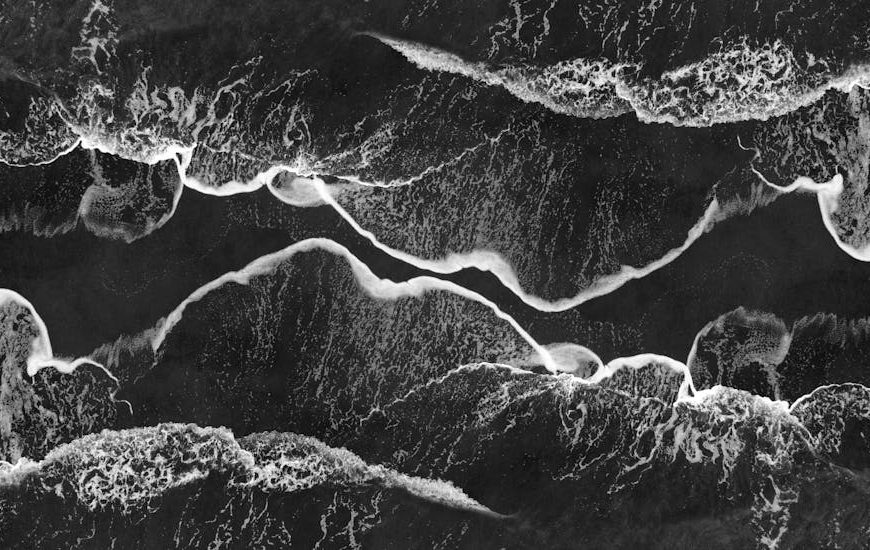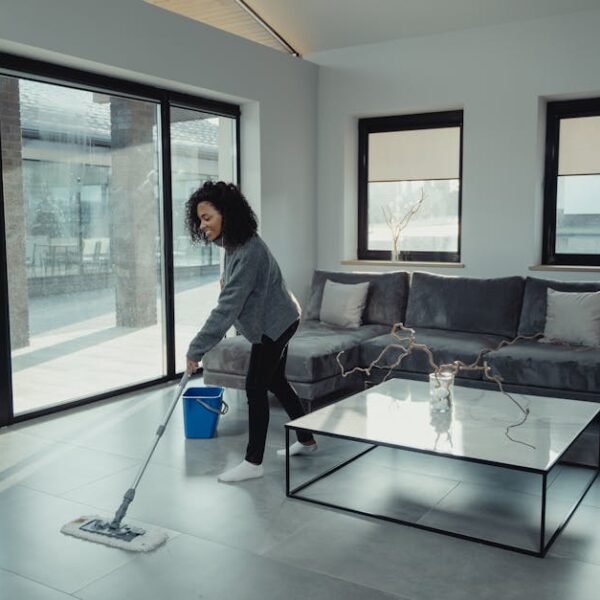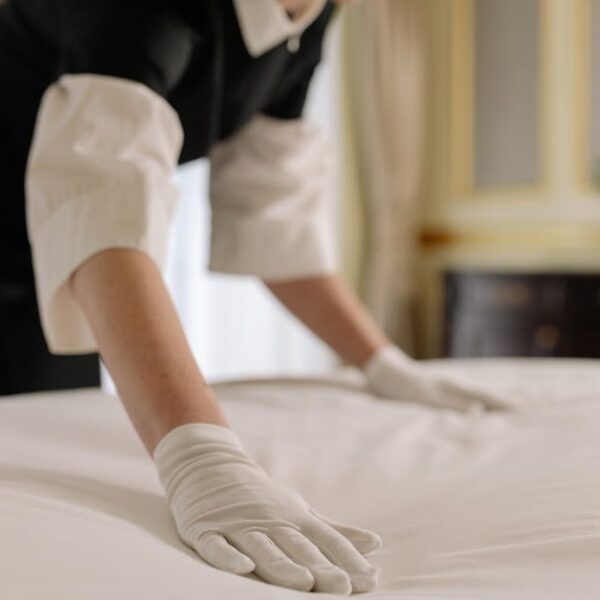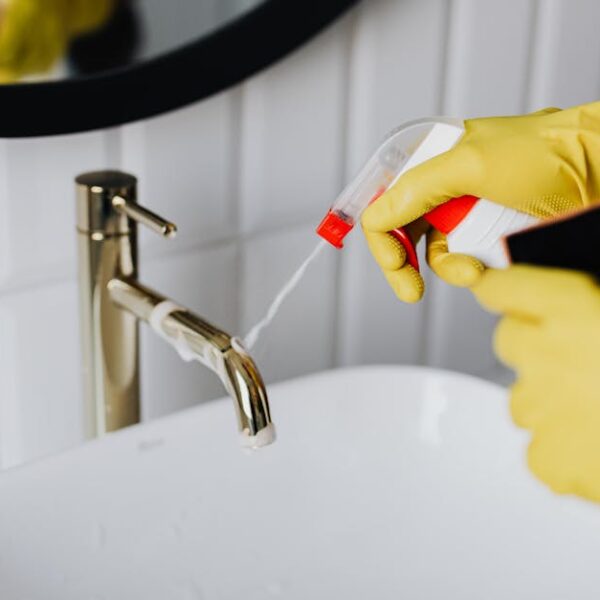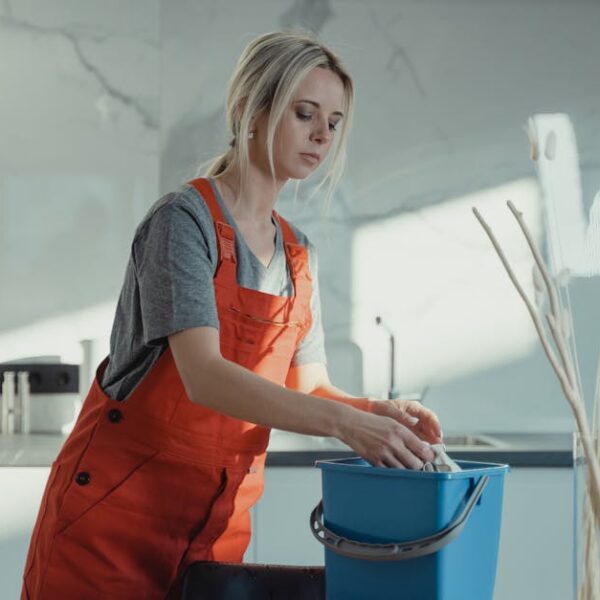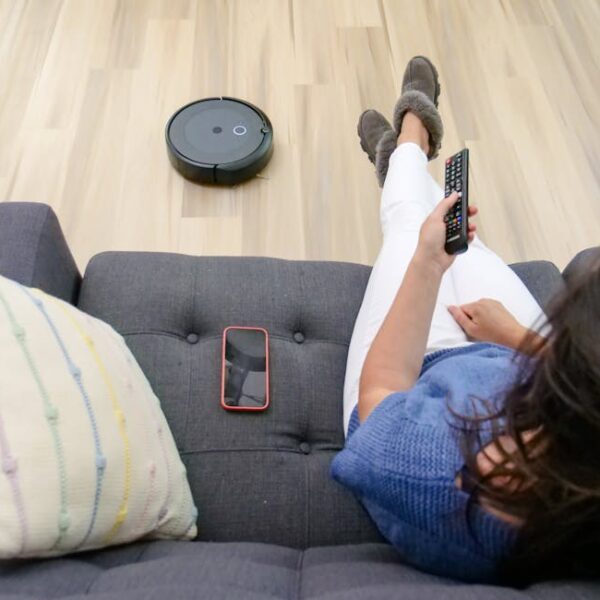Understanding Your Swiffer WetJet Mop
Designed to make your cleaning task hassle-free, the Swiffer WetJet mop is a popular cleaning device found in many households. With its adaptive design and versatile functionality, this game-changer in the cleaning industry stands apart due to its unique mop pad system.
The mop pad is crucial as it directly engages with dirt, stains and dust, removing them efficiently due to the absorbing features of the microfiber cloth. It’s texture, combined with the mop’s cleaning solution, ensures a thorough clean without aggressive scrubbing.
Let’s take a brief look back. Originating over two decades ago, Swiffer quickly carved a niche for themselves in the cleaning industry with their WetJet mop, revolutionizing the way people clean their homes. Famous for their easy-to-use and efficient cleaning products, their WetJet mop quickly became a household staple.
The key components of the Swiffer WetJet include the mop structure, a disposable cleaning pad, a cleaning solution reservoir, and a battery-operated sprayer. Yet, the mop pad unfairly gets less attention despite its incredible importance.
When and Why to Replace Your WetJet Mop Pad
Just like a toothbrush, your WetJet mop pad needs timely replacement to perform optimally. Over time, the microfiber cloth loses its effectiveness due to the accumulation of dirt and grime. If you notice smearing or streaking on your floor or if the mop doesn’t glide effortlessly anymore, it’s likely time to change the pad.
Here’s a checklist to help gauge when your mop pad needs a refreshing replacement:
▪️ The pad is heavily soiled and ineffective even after rinsing.
▪️ You encounter streaks or smears during or after mopping.
▪️ The mop pad fabric is visibly worn or damaged.
▪️ Your cleaning jobs involve heavy grime or large areas.
Step-by-Step Guide to Attaching a New Mop Pad
Attaching a new mop pad to your WetJet mop is a breeze with these detailed instructions.
- Purchase replacement mop pads suitable for the WetJet mop.
- Turn off and unplug the WetJet mop if it’s connected to a power source.
- Remove the old mop pad by gently pulling it off the mop head.
- Align the new mop pad to the mop head, ensuring the side with printed instructions is facing up.
- Press the mop pad firmly onto the mop head until it sticks in place.
Remember, maintaining your Swiffer WetJet isn’t just about buying the required mop pads; it’s also about knowing when and how to replace them for effective cleaning. The following segments will help you understand more about choosing the right mop pad and how to dispose of used ones responsibly.
Choosing the Right Mop Pad for Your Swiffer WetJet
Understanding the variety of mop pads available and their specific uses helps you get the best out of your Swiffer WetJet. Primarily, there are two types of mop pads- the Original Cleaning Pads and the Extra Power Pads.
The Original Cleaning Pads are best suited for light, everyday mess and maintaining a fresh look on your surface. The Extra Power Pads, on the other hand, have the scrubbing power of Mr. Clean Magic Eraser to combat tough, stubborn messes.
Here’s a simple comparison to help you choose:
| Original Cleaning Pads | Extra Power Pads | |
|---|---|---|
| Suitable For | Light, everyday mess | Tough, stuck-on mess |
| Features | Light absorption and average scrubbing power | High absorption and high scrubbing power |
| Cons | Not suitable for intense scrubbing or heavy dirt | Overuse can deteriorate delicate floor surfaces |
Remember, choosing the right mop pad ensures a cleaner and shinier floor without any laborious effort.
Disposing Used WetJet Mop Pads
After ensuring your floor is fresh and clean, it’s time to discard your used mop pads. Proper disposal is not just about maintaining cleanliness but also contributing to reducing landfill waste. Swiffer WetJet mop pads are disposable, but you can also consider composting them if your local compost facilities allow it.
Here are some steps to dispose of your used mop pads responsibly:
- Remove the used mop pad from the mop head.
- Check with your local recycling and composting facility if they accept mop pads.
- If not, place the used mop pad in a trash bag and dispose of it with your regular household waste.
Remember, with every product we use, a little consideration for the environment can go a long way in preserving our planet.
Do: Check for local recycling options.
Don’t: Flush mop pads down the toilet.
Keeping your Swiffer WetJet in optimal condition isn’t difficult if you pay attention to details like the condition of the mop pads, when and how to replace them, and their responsible disposal. Making these tiny checks a part of your usual cleaning routine can up your cleaning game significantly! Key Takeaways:
- The Swiffer WetJet mop pad is a crucial part of effective cleaning, and timely replacement and proper maintenance can significantly improve the mop’s function.
- Identifying signs of wear and tear can help determine when a replacement is needed.
- Secure attachment of a new mop pad ensures optimal function.
- Different types of mop pads cater to different cleaning needs; hence, choosing the right pad is a crucial step to efficient cleaning.
- Proper disposal of used mop pads contributes to environmental conservation.
With regular maintenance, a Swiffer WetJet can keep your home sparkling clean with minimal effort. Remember, using the right mop pad, and replacing it timely is key to keeping your mop in excellent condition. Stick to these guidelines, and your cleaning routine will be smoother than ever.
FAQs
Q: How often should I change my Swiffer WetJet mop pad?
A: The frequency of changing your mop pad depends on how dirty it gets after each use. It is recommended to change it when you notice smearing or streaking on the floor, or if the mop no longer glides smoothly.
Q: Can I reuse my Swiffer WetJet mop pad?
A: For optimal cleaning, it is preferable not to reuse a mop pad once it’s heavily soiled. Reusing can spread the accumulated dirt and grime, making your cleaning efforts less effective.
Q: Are all Swiffer WetJet mop pads the same?
A: No, there are two main types of mop pads – Original Cleaning Pads for light, everyday mess, and Extra Power Pads for tough, stubborn stains.
Q: Can the mop pads harm my floor surface?
A: Swiffer WetJet mop pads are designed to be gentle on most surfaces. However, overuse of the Extra Power Pads can potentially deteriorate delicate floor surfaces due to their high scrubbing power.
Q: Can I compost my used Swiffer WetJet mop pads?
A: It depends on your local composting facility’s regulations. Always check with them before composting any product. If composting is not an option, the mop pad should be disposed of with your regular household waste.
We hope this guide has been helpful. Share it with friends and family to ensure everyone knows how to keep their home clean efficiently! Explore more cleaning guides on our website.

